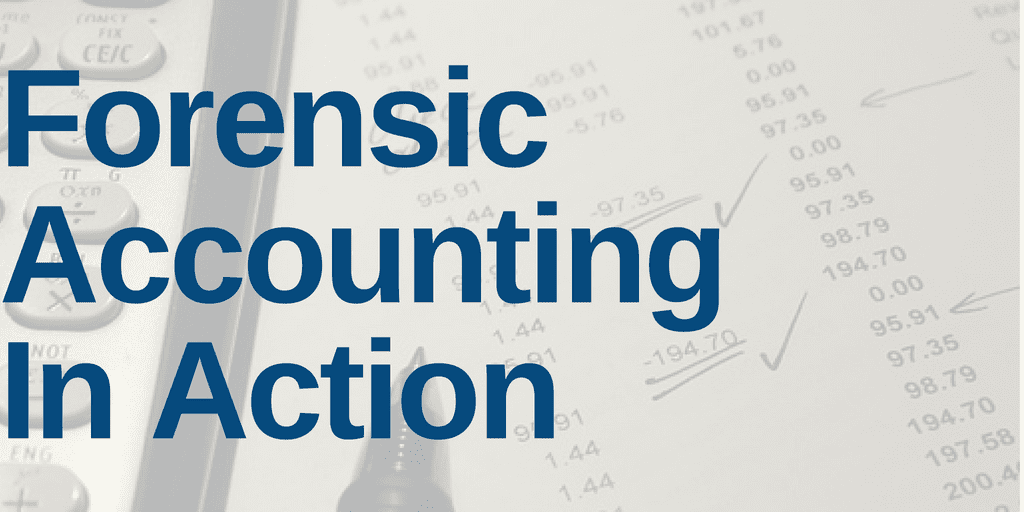For February 26, our forensic accounting needles in a haystack come from a software company with multiple red flags hidden in the footnotes.
Analyst Devyn Delange found three unusual items in MicroStrategy’s (MSTR) 2018 10-K.
On page 76, MSTR disclosed that the carrying value of its corporate aircraft and related equipment is $35 million, which equates to 68% of the company’s property and equipment and 14% of its invested capital. It’s hard to see how a fairly small company can justify such an expensive corporate jet.
Not only does the expensive corporate aircraft suggest wasteful management spending, it also gives executives numerous ways to “manage” earnings. Delaying maintenance on the aircraft or changing the estimate for its useful life or salvage value could allow management to reduce expenses in a given quarter in order to meet EPS targets.
Investors should be especially diligent in watching for this sort of earnings management with MSTR due to the second red flag we uncovered. On page 53, MSTR’s auditor, KPMG, wrote that the company failed to maintain effective internal control over its financial reporting. KPMG found that ineffective process controls in the implementation of new IT systems meant there was a reasonable possibility that MSTR would be unable to detect or correct material misstatements in its financial reports.
This weakness in internal control should worry investors for two reasons: (1) It suggests that management is not paying enough attention to ensuring accurate accounting, and (2) weakness in internal control is associated with an increased risk of a stock price crash.
The last red flag we found for MSTR was a significant increase in the company’s off-balance sheet operating lease liabilities, disclosed on page 77. Off-balance sheet debt increased from $64 million in 2017 to $152 million (61% of invested capital) in 2018. If you don’t account for these operating leases, it would appear that MSTR earned a return on invested capital (ROIC) of 14% in 2018. Once we adjust for these leases, we find that MSTR’s ROIC was just 6%.
MSTR might look like a highly profitable company on the surface, but digging into the footnotes reveals that it’s significantly less profitable and higher-risk than it first appears.
The Power of the Robo-Analyst
We analyzed 100 10-K filings yesterday, from which our Robo-Analyst[1] technology collected 10,403 data points. Our analyst team used this data to make 2,085 forensic accounting adjustments with a dollar value of $600 billion. The adjustments were applied as follows:
- 805 income statement adjustments with a total value of $30 billion
- 910 balance sheet adjustments with a total value of $280 billion
- 370 valuation adjustments with a total value of $290 billion
We believe this research is necessary to fulfill the Fiduciary Duty of Care. Ernst & Young’s white paper, “Getting ROIC Right”, demonstrates how these adjustments contribute to meaningfully superior models and metrics.
This article originally published on February 26, 2019.
Disclosure: David Trainer, Devyn Delange, and Sam McBride receive no compensation to write about any specific stock, sector, style, or theme.
Follow us on Twitter (#filingseasonfinds), Facebook, LinkedIn, and StockTwits for real-time alerts on all our research.
[1] Harvard Business School features the powerful impact of our research automation technology in the case New Constructs: Disrupting Fundamental Analysis with Robo-Analysts.
